

Damion Smy
2026 KGM Musso ute images leaked
19 Minutes Ago
What's lacking from today's cars? Gordon Murray and his incredible T.50 has proven the answer is a clear sense of purpose.

Contributor


Contributor
You could accuse Gordon Murray of being a bit arrogant, or boastful.
The launch of the T.50 supercar was accompanied by a flurry of interviews and walkaround videos from the UK media, with Murray boldly proclaiming his modern McLaren F1 will engage owners in ways no modern hypercar can match.
Murray stopped short of condemning the automotive industry outright, but you get the distinct sense he looks down his nose at most of the trends that have taken over the market. Then again, maybe it’s just the accent.

Being able to criticise the establishment is a luxury Murray has earned. He has runs on the board, having moved the game forward in the ultra-competitive world of Formula 1 and led development of one of history’s best-loved cars, the McLaren F1.
He also doesn’t answer to a corporate overlord. There’s no platform sharing or common parts in the Gordon Murray Automotive world and mainstream appeal is irrelevant, which means he can take liberties volume companies simply can’t.
After all, the T.50 is frightfully expensive at $4.3 million before taxes, making it comfortably pricier than any of the ‘holy trinity’ of hypercars.
Despite the price and the whiff of arrogance accompanying its launch, Murray’s single-minded love letter to purists should pave the path for the automotive industry moving forward.
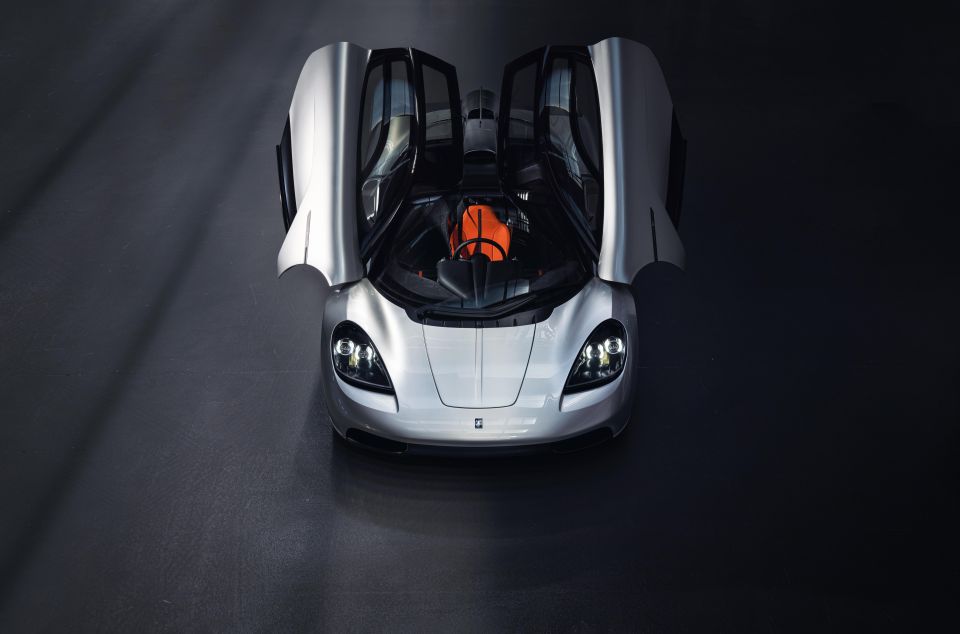
The T.50 joins a special pool of cars, rubbing shoulders with the Koenigsegg Jesko and Pagani Huayra because of the single-minded focus driving its development.
Most cars are designed by huge teams of people, all of whom have to answer to 18 layers of management. Doesn’t matter how solid your corporate vision or how ingrained your company culture, there’s always compromise.
Pagani, Koenigsegg, and now GMA don’t worry about trial by committee. They’re products of people with a vision, who can watch over every aspect of their development in a way that just isn’t possible at a large company, and the results are invariably incredible.
The Huayra is automotive art, the Jesko a technical marvel the likes of which we’ve never seen, and the T.50 answers a question enthusiasts have been asking for years: what if we did things the old-fashioned way, but better?
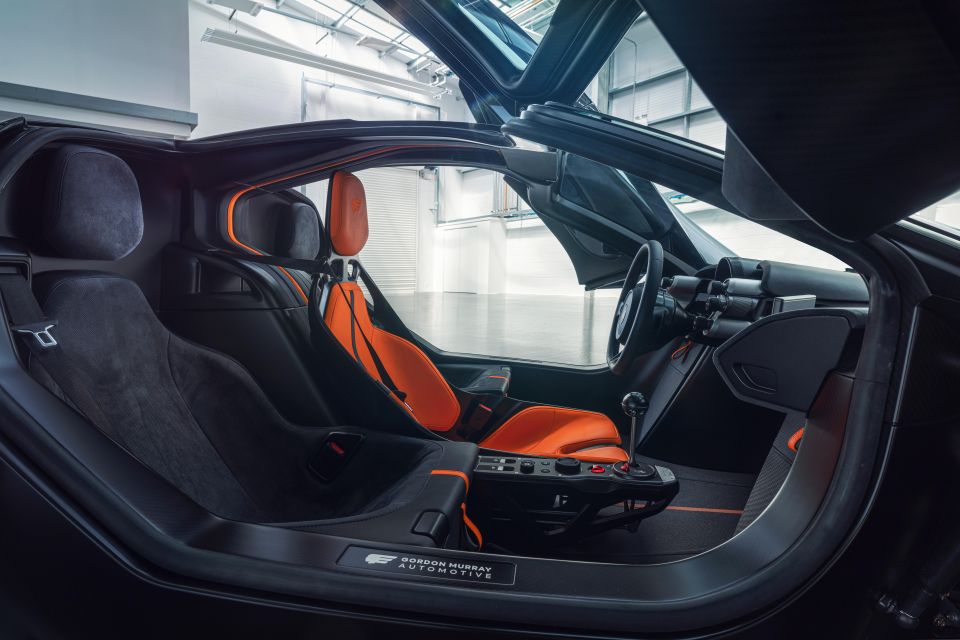
It’s not realistic to expect the world’s mainstream carmakers to kill committees and adopt an automotive autocracy.
A Koenigsegg Rio would cost more than an Alpine A110, and a Pagani Polo would have 18 active wings, a polished stainless steel instrument cluster, and a twin-turbo AMG V12 under the bonnet.
They’d be incredible of course, but that’s not really what most people want or need.
But there’s a way the special sauce that makes the GMA T.50 so exciting can be translated to the mainstream market – it should be mandatory for the world’s big carmakers to publicly disclose what every car in their line-up is meant to be.
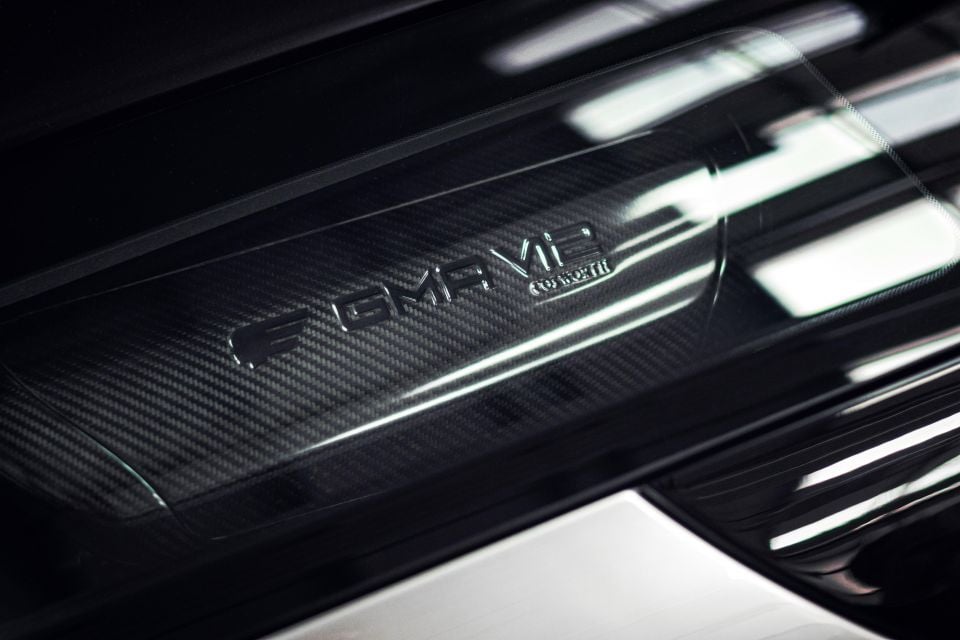
I don’t mean something vague and wishy-washy like “it needs to appeal to upper-middle class businessmen who live in megacities”, either.
The definition should be no longer than five words, short enough to be tattooed on a middle manager’s forehead.
The BMW 530i would be big, comfortable, refined, attractive, powerful. The Kia Rio would be affordable, economical, spacious, reliable, connected.
Those are unambiguous words, which makes it hard for mission creep to set in as the myriad committees involved in automotive development get their hands on a project.
If the NVH department wants to slot more sound deadening into the 530i, they can do it because noise suppression is integral to refinement.

But the second Klaus from the M department starts talking about bigger wheels, uprated brakes, and stiffer springs he’d be forcibly removed from the boardroom, because nowhere on that list does the word sporty feature. There’s no grey here, it’s black and white.
Of course those priorities shift when development for the M5 Competition starts, so Klaus can be as loud as he wants about spring rates and brake pad coatings.
Collie’s Bulletproof Automotive Development Law (or CBADL, patent pending) would cause a few casualties.
I’m not going to pretend everyone who wants an SUV will suddenly swap into a wagon, and a raised ride is useful for the elderly, so we aren’t cancelling crossovers. But it’s hard to rationalise a coupe SUV in five words, because everything they do can be accomplished by another vehicle. Sorry, they’re going in the bin.
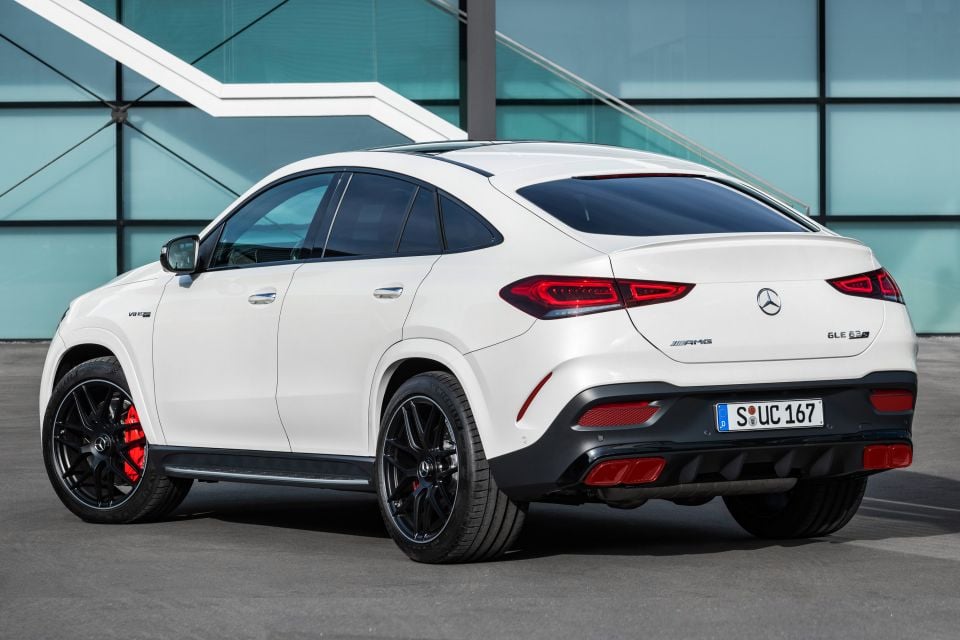
Four-door coupes are also headed for the carpark in the sky, because they’re less practical than sedans and less attractive than proper two-door coupes.
Want to build an SUV? It’d want to offer some sort of improvement over the equivalent hatch – a meaningful bump in ground clearance or a significantly higher hip point – or its existence can’t be justified.
It does the same thing as a hatch but looks tougher is too long to meet the golden rule, and it’d be stupid to waste one of your five words on something as vacuous as boxy or tall.
All of this might sound like a whack for the automotive industry, but that isn’t the goal here. 2020 cars are better than ever before on almost every level. They’re safer, more powerful, more efficient, more comfortable, and more affordable.

No matter how good engineering gets though, no car can be all things to all people. It’s time we stopped trying.
If you need proof about how effective CBADL can be, look at three cars:
The Camry might have a reputation for being a bit dull, but it epitomises everything central to the CBLAD doctrine. You could argue the styling is a bit more out there than it needs to be, but it plays its role so perfectly Toyota has been granted a pass on that front.
The Q7 is more affordable than the BMW X5 and Mercedes GLE, and comes with seven seats as standard.
It doesn’t pretend to be sporty, so it rides well. It doesn’t need a silly sloping roof, so there’s tons of space for people and luggage. What more do you need?
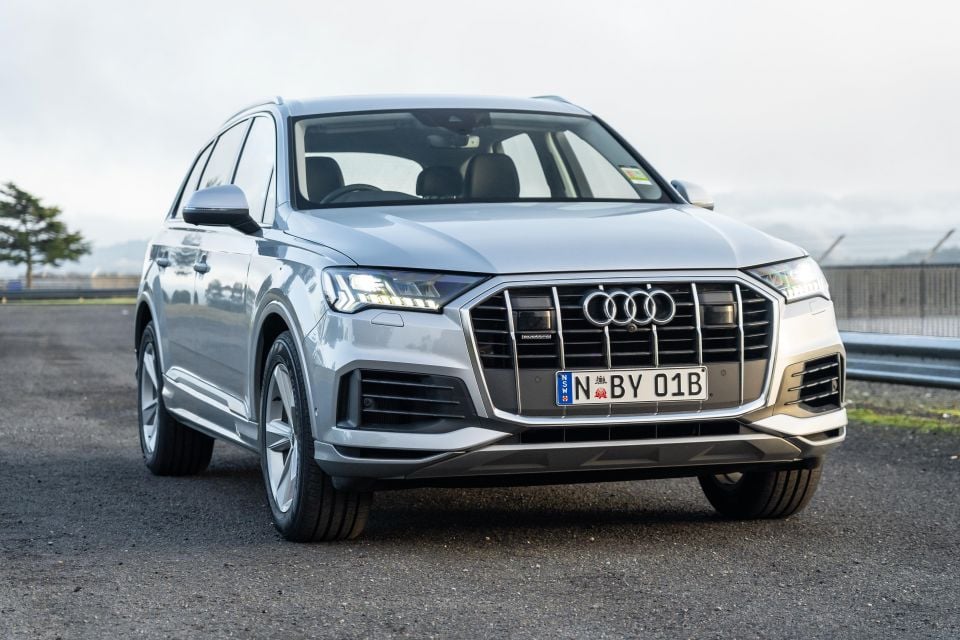
Finally, the little Alpine is meant to be enjoyed. There are practical issues with the cabin, but practicality isn’t really front and centre with a car like this so it doesn’t matter.
Imagine a world where every single car had the same clarity of purpose as the Camry, Q7, and A110.
It’s within reach. CBADL is the answer.
Scott Collie is an automotive journalist based in Melbourne, Australia. Scott studied journalism at RMIT University and, after a lifelong obsession with everything automotive, started covering the car industry shortly afterwards. He has a passion for travel, and is an avid Melbourne Demons supporter.


Damion Smy
19 Minutes Ago


Damion Smy
2 Hours Ago


Damion Smy
2 Hours Ago


Damion Smy
3 Hours Ago


Josh Nevett
3 Hours Ago
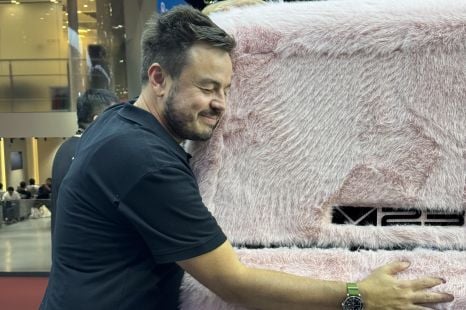

Max Davies
3 Hours Ago